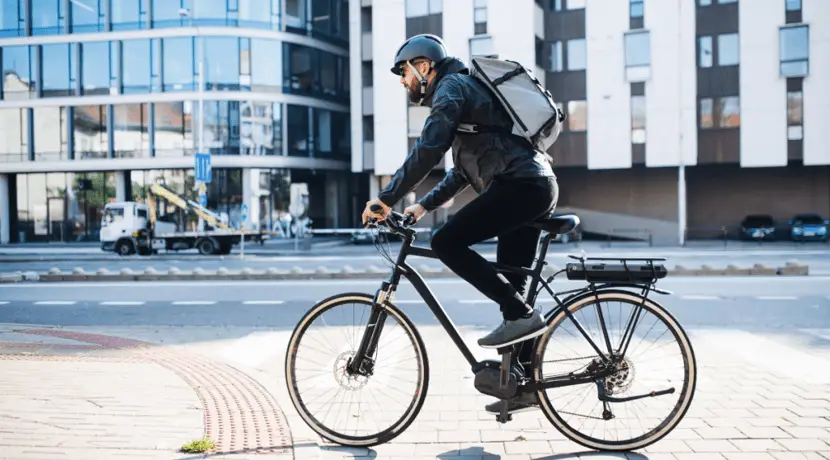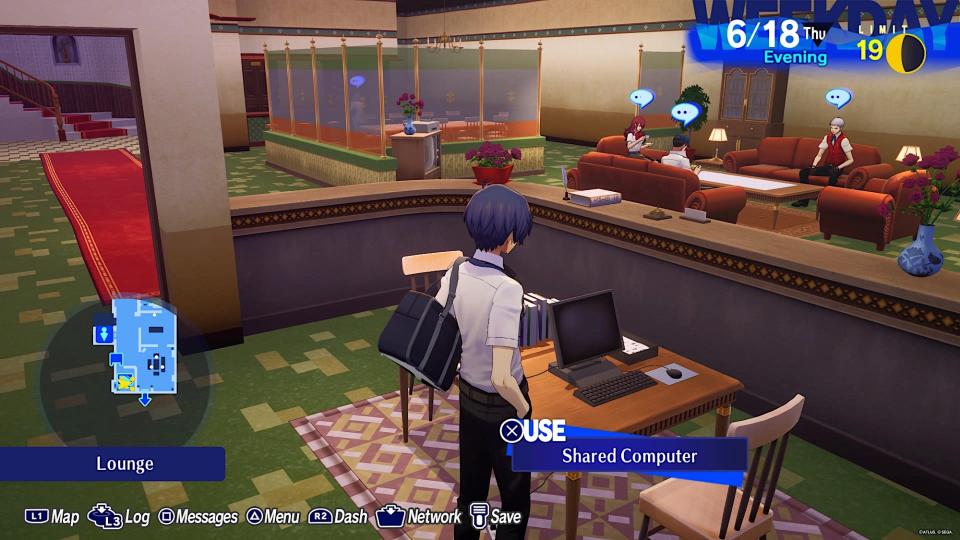Cycle traffic in Germany could be tripled
Transport policy measures 28. May 2024 3:45 p.m. Robert Klatt In Germany, only a small proportion of journeys of up to 30 km are covered by bicycle. Transport policy measures could significantly increase this proportion. Karlsruhe (Germany). In recent years, studies have demonstrated many benefits of cycling, including a significant reduction in CO2 emissions and […]

Transport policy measures
Robert Klatt
In Germany, only a small proportion of journeys of up to 30 km are covered by bicycle. Transport policy measures could significantly increase this proportion.
Karlsruhe (Germany). In recent years, studies have demonstrated many benefits of cycling, including a significant reduction in CO2 emissions and positive health effects. In Germany, the proportion of cyclists on routes up to 30 kilometers long is still low (15%). Researcher of Fraunhofer Institute for Systems Research and Innovation (Fraunhofer ISI) around Dr. Claus, on behalf of the German General Cycling Club e. V. (ADFC) studies whether and how the share of cycling can be increased in Germany.
According to scientists at the Fraunhofer ISI, traffic forecasts have until now been based on the assumption that people base their traffic behavior primarily on costs and travel times. However, the subjective decision criteria that influence cycling’s potential have been systematically underestimated.
“For the first time, we included in the analysis crucial factors such as the continuity and density of the cycle path network, the perception of traffic safety, the link between cycle transport and buses and trains, as well as the quality of public provision. transport and local amenities in communities.
Better cycling infrastructure is needed
In order to increase the share of bicycle traffic, a significantly greater extension of cycle paths is necessary. These must be planned and designed as a network to enable continuous routes. However, in many cities there are only individual cycle paths which do not allow for an uninterrupted route. The researchers cite the network design in Münster, Oldenburg and Karlsruhe as positive examples.
In addition to better connected cycle paths, speed limits and stricter regulation and pricing of private motorized transport (MIV) are also needed so that more people use bicycles in their daily lives.
Connecting bikes and public transport
Furthermore, a link between bicycles and local public transport is necessary in order to increase the share of cycling. In concrete terms, this means, among other things, secure parking possibilities at stops and in stations as well as the integration of bicycles into information and reservation systems.
Scientists have also developed the concept of a “quarter-hour city”, in which all regular routes can be covered on foot, by bike or by public transport in no more than 15 minutes. This can be achieved by evenly distributing the stops.














